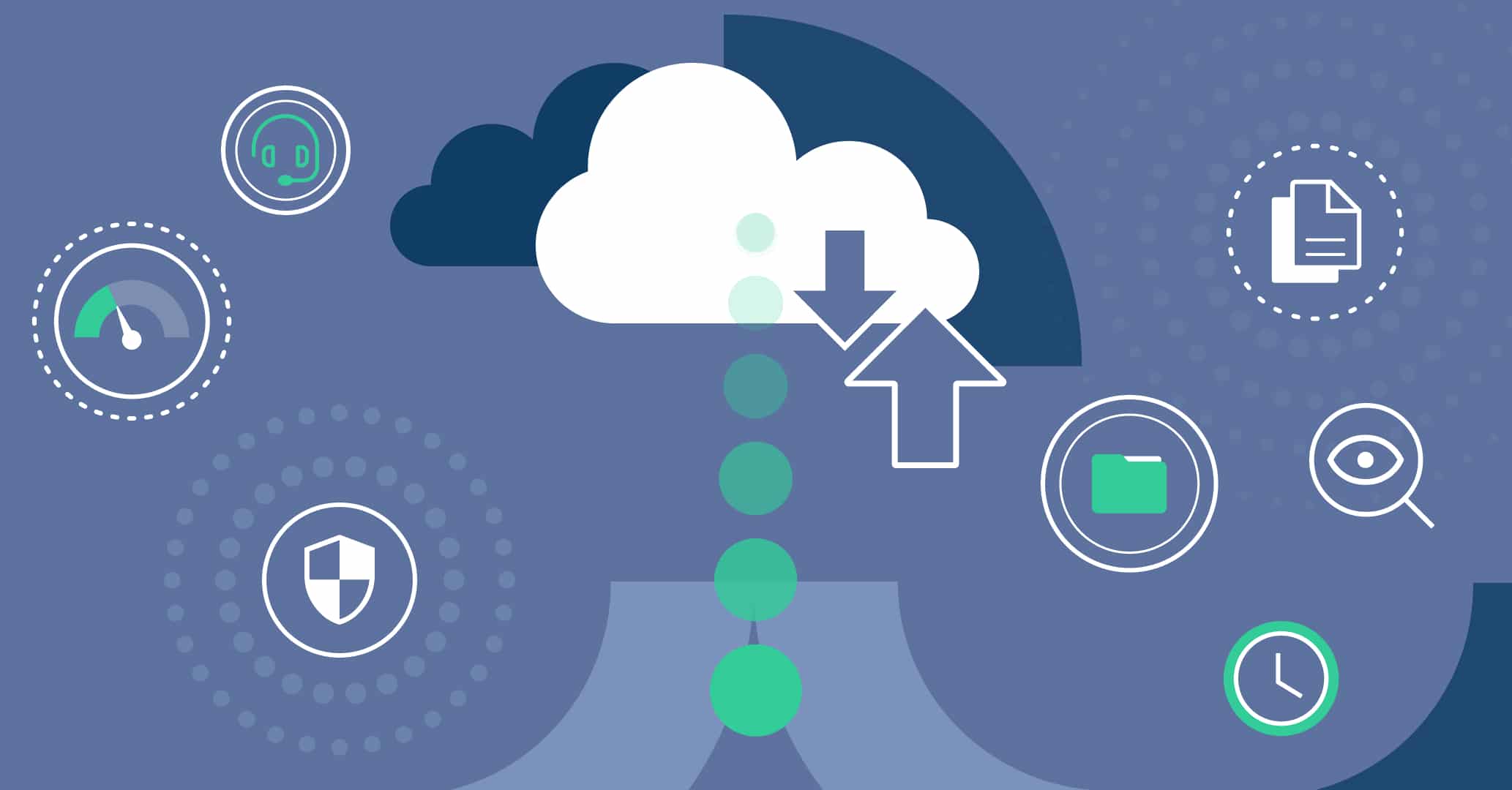Introduction
Do you want to improve the quality of your products or services? Would you like to see more satisfied customers? Do you want to reduce costs? If so, implementing a Quality Management System (QMS) may be the solution you’re looking for.
A Quality Management System (QMS) is a set of procedures, policies, and controls that help organizations create high-quality products and services.
Implementing a Quality Management System (QMS) is a strategic decision that can bring significant benefits to a company, both internally and externally. A well-implemented QMS can help improve efficiency, productivity, customer satisfaction, employee engagement, and the competitiveness of the company.
However, implementing a QMS can be a challenging process. It requires the commitment of all levels of the organization, from top management to frontline employees. This means that everyone must be involved in the process, from planning to execution.
In this article, we present a step-by-step guide for implementing a QMS in your company.
1. Define your objectives
The first step in implementing a QMS is to define the objectives you want to achieve. What do you want to improve?
A QMS is a powerful tool that can help you achieve all these objectives:
- Improve the quality of your products or services: When everyone in your organization is focused on quality, it’s more likely that high-quality products and services will be produced.
- Increase customer satisfaction: When your customers are satisfied with your products or services, they are more likely to choose you again and build long-term relationships.
- Improve the relationship with employees: When employees feel valued and committed to quality, they are more productive and motivated.
- Improve the relationship with other stakeholders: When stakeholders such as suppliers are aligned with your quality objectives, they are more likely to work with you to achieve them.
- Reduce costs: When defects are eliminated, and efficiency is improved, costs are reduced.
Once you have clear objectives, you can design a QMS that helps you achieve them.
2. Choose a reference standard
Many international standards can serve as a basis for implementing a QMS. The most popular is the ISO 9001 standard, which is internationally recognized and sets the requirements for an effective QMS.
To choose a reference standard, you should consider the following factors:
- Your organization’s objectives: What do you want to achieve with the implementation of a QMS?
- The size and complexity of your organization: Is your organization small, medium, or large? Does it have a complex or simple structure?
- The industry your organization operates in: Does your organization belong to a regulated industry? Are there specific quality requirements?
Once you have chosen a reference standard, it’s important to become familiar with its requirements. Reading the standard text to understand and apply it is essential. You can find the standard text and more information about it on the web, in courses, and in books. It can also be very helpful to hire an experienced consultant in the field to assist you in implementing the standard.
3. Conduct a situational analysis
Before you start implementing the QMS, it’s important to conduct a situational analysis to assess your company’s current quality situation. This analysis will help you identify areas for improvement and develop an appropriate action plan.
To conduct a situational analysis, you should consider the following aspects:
- Your organization’s vision and mission: What are your organization’s quality objectives?
- Your organization’s quality policy: How is quality reflected in your organization’s policy?
- Your organization’s processes: How are your organization’s processes managed?
- Your customers’ requirements: What do your customers expect from your organization in terms of quality?
- Your organization’s quality culture: How committed is your organization to quality?
- Your organization’s resources: What resources does your organization have to achieve its quality objectives?
Once you have conducted the situational analysis, you should document the results. This documentation will help you communicate the analysis results to other members of your organization.
The situational analysis is an ongoing process. You should conduct it periodically to ensure that your organization continues to make progress in terms of quality.
4. Develop an action plan
The action plan is the document that will guide you in implementing the QMS and help you organize and coordinate the activities necessary to achieve this goal.
Should include the following elements:
- Objectives: What do you want to achieve with the implementation of the QMS?
- Activities: What actions do you need to take to achieve your objectives?
- Resources: What resources do you need to carry out the activities?
- Deadlines: When should the activities be carried out?
The action plan should be realistic and achievable. It should take into account the available resources and achievable deadlines.
In addition to the elements mentioned above, the action plan should include the following aspects:
- An implementation schedule: This schedule should specify the dates on which the activities of the action plan should be carried out.
- A budget: This budget should indicate the costs of implementing the QMS.
- An implementation team: This team should be responsible for implementing the QMS.
The action plan should be approved by the organization’s management.
5. Implement the QMS
Implementing the QMS is a challenging process that can be overcome with the commitment and participation of all members of the organization.
To implement the QMS, you should carry out the following activities:
- Communicate the objectives and progress of the QMS to all employees: It’s important for all employees to be aware of the QMS objectives and how it’s being implemented. This will help create a sense of commitment and responsibility among all members of the organization.
- Provide training to employees: Training is essential for employees to understand the QMS requirements and how to apply them in their daily activities.
- Document processes: Process documentation is necessary to ensure that they are carried out consistently and effectively.
- Implement procedures: Procedures are detailed instructions used to carry out the organization’s activities.
- Conduct audits: Audits are an important tool for evaluating QMS compliance.
In addition to these activities, it’s important to consider the following aspects:
- Management commitment: Management commitment is essential for the success of QMS implementation.
- Organizational culture: The organization’s culture should be aligned with quality principles.
- Change: Implementing the QMS requires a change in how the organization operates. Effective change management is important to minimize resistance.
QMS implementation is an ongoing process. You should review and update the QMS periodically to ensure it remains effective.
6. Conduct audits
Audits are a fundamental tool for the continuous improvement of a QMS. Audits will help you verify that the QMS is achieving its objectives and identify areas for improvement.
Can be internal or external. Internal audits can be conducted by company employees, while external audits are performed by independent auditors.
Internal audits will help you:
- Verify that the QMS is functioning correctly.
- Identify areas for improvement.
- Provide information for decision-making.
External audits are a way to demonstrate to customers, suppliers, and other stakeholders that your QMS is effective and improves your company’s reputation.
External audits are necessary if your goal is to obtain certification in the reference standard by a certification body.
Audits should be planned and conducted systematically. It’s important to establish an audit program that covers all the organization’s processes and activities.
The results of audits should be documented and communicated to the responsible parties, and corrective or preventive actions should be taken to address identified areas for improvement.
7. Continuously Improve
Continuous improvement is a fundamental principle of QMS. It’s a process that aims to constantly improve the organization’s products, services, and processes.
Continuous improvement can be achieved through:
• Data collection and performance evaluation: Data collection on the organization’s performance is essential for identifying improvement opportunities. This evaluation helps determine if improvement actions are effective.
• Identifying improvement opportunities: Improvement opportunities can be identified through data collection, performance evaluation, trend analysis, and customer feedback.
• Implementing corrective and preventive actions: Corrective actions are taken to address existing problems, while preventive actions are taken to prevent problems from occurring in the future.
Additional Tips
- Involve all employees: QMS implementation is a team effort. It’s important to involve all your organization’s employees in the process to ensure their commitment and participation.
To achieve this involvement, you can carry out the following activities:
- Organize meetings and workshops to explain the QMS objectives and implementation process.
- Create feedback opportunities for employees to provide input on the QMS.
- Provide employees with the opportunity to participate in the development of QMS processes and procedures.
- Communicate objectives and progress: This will help maintain their commitment and ensure that everyone is working in the same direction. To communicate objectives and progress, you can do the following activities:
- Publish information about the QMS on the intranet or on a notice board.
- Send emails or newsletters.
- Hold informative meetings.
• Consider using quality management software: The use of suitable software can help facilitate the QMS implementation process and improve its effectiveness.
You can rely on it for various processes such as:
- Automating the creation, review, and approval of QMS support documents such as manuals, procedures, and instructions.
- Collecting and analyzing performance data.
- Managing corrective and preventive actions.
- Facilitating audit processes.
Conclusion
Implementing a QMS is a long-term investment that can bring significant benefits to your company. If you follow the advice in this guide, you’ll be on the right path to implementing an effective QMS.
However, it’s important to keep in mind that QMS implementation is not an automatic process. It requires commitment from top management and all employees, as well as careful planning and execution.
If you’re considering implementing a QMS in your company, we recommend taking the time to plan and prepare for the process. This way, you’ll ensure that the QMS is successful and provides the benefits you’re looking for.






